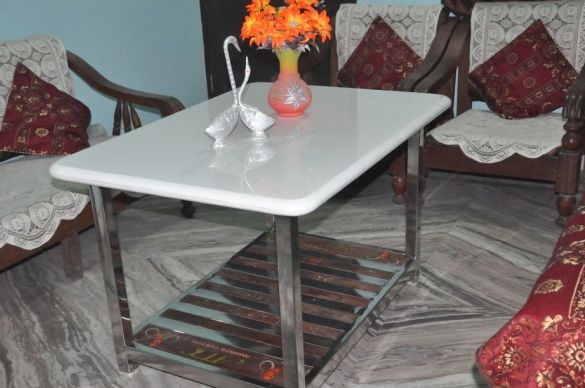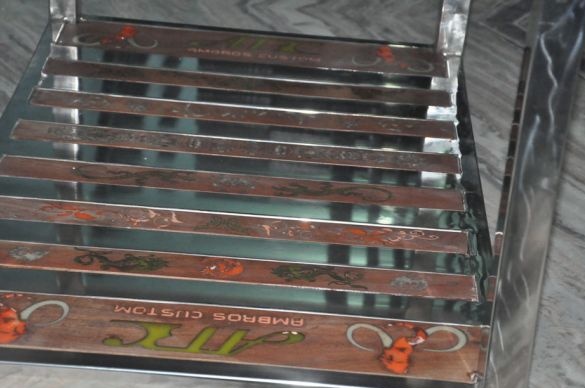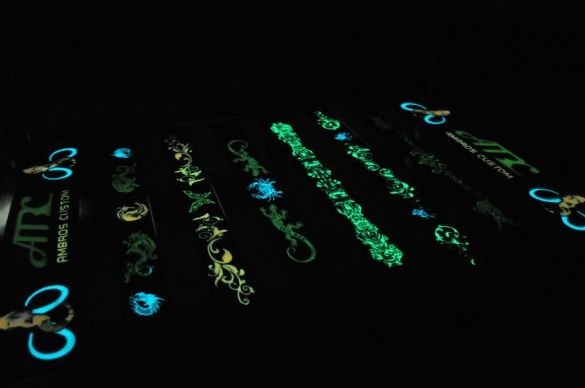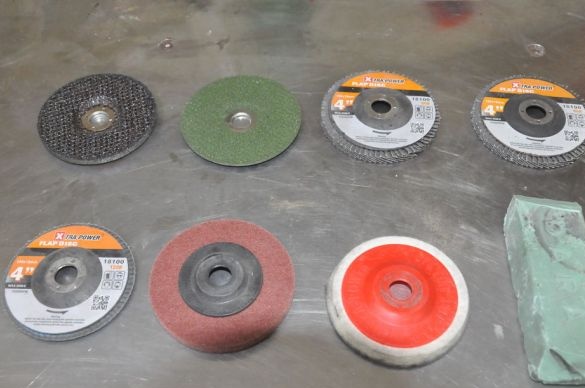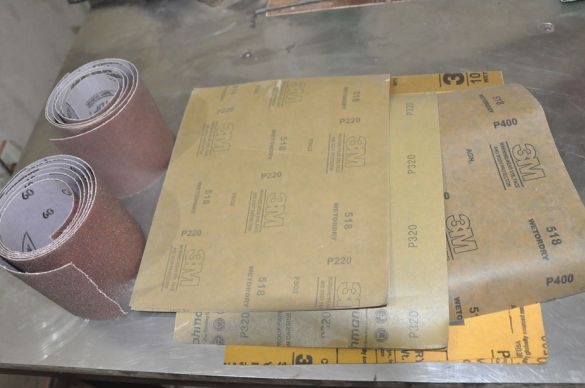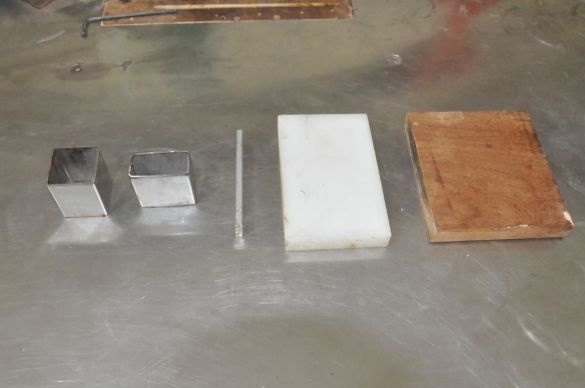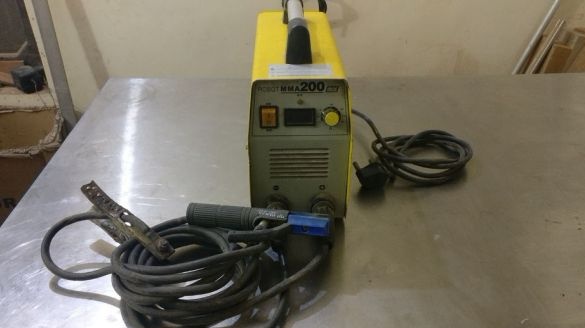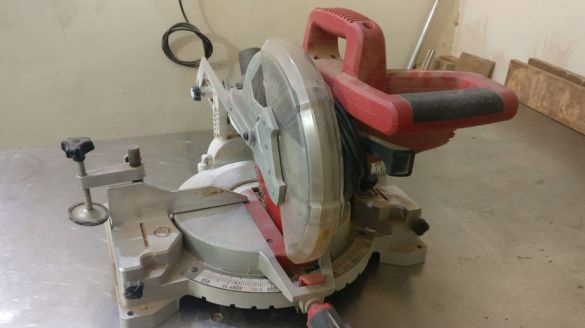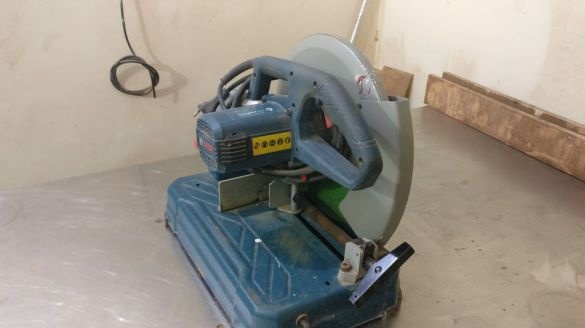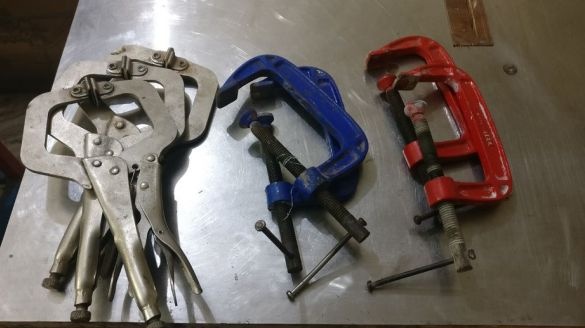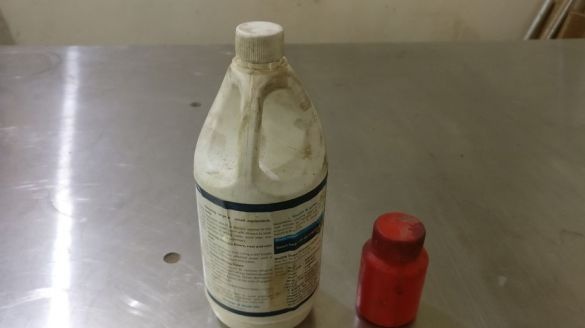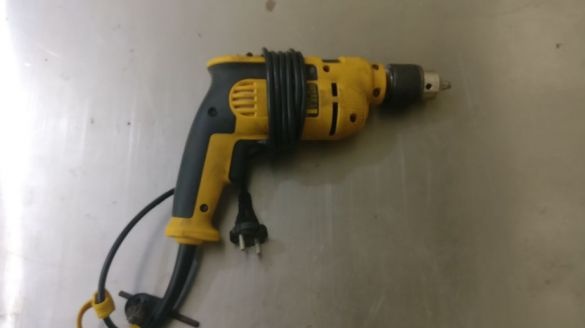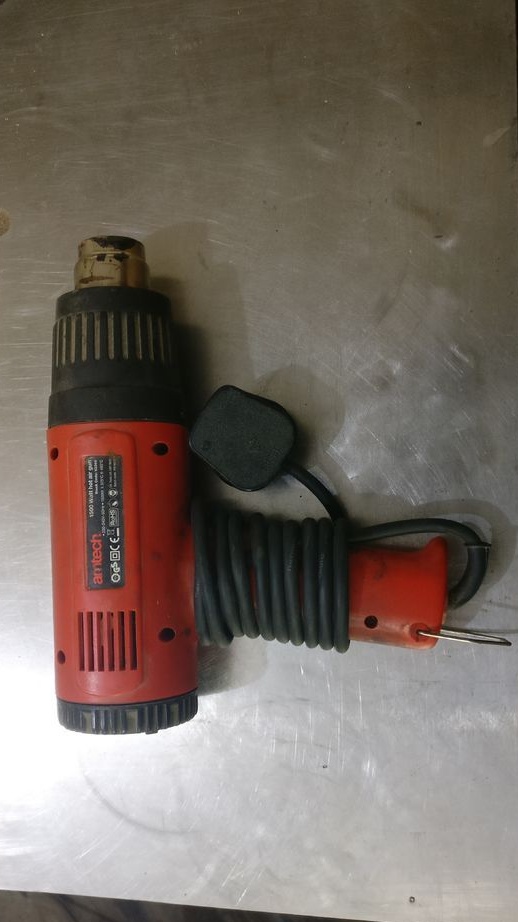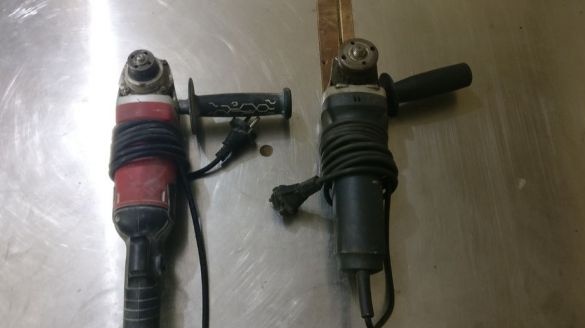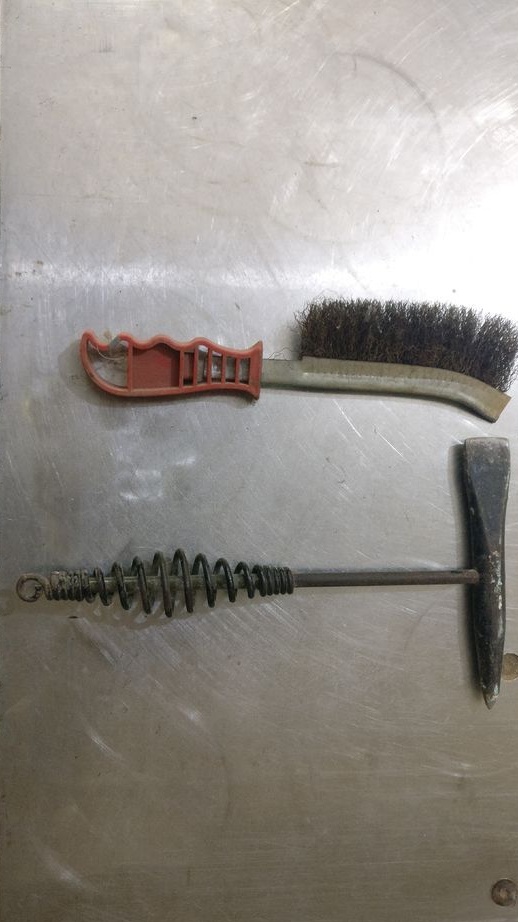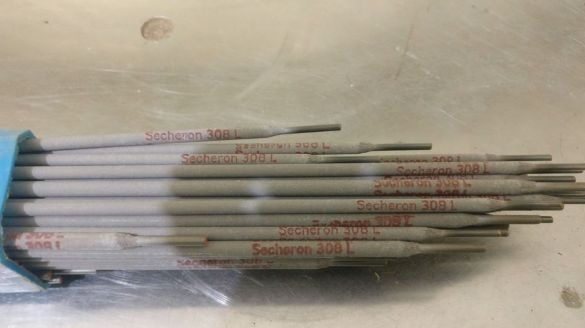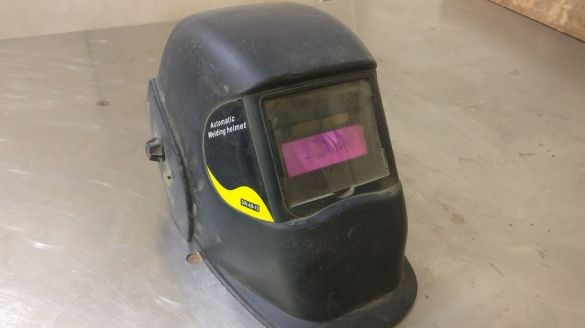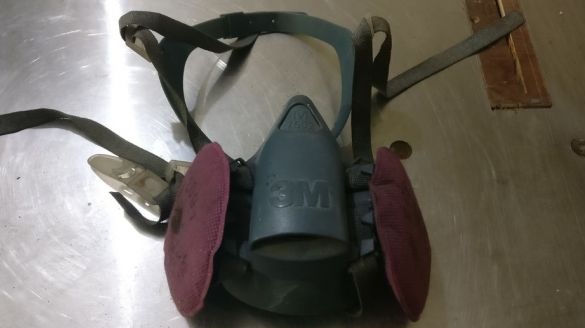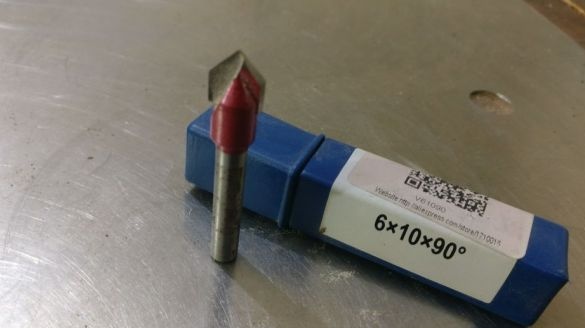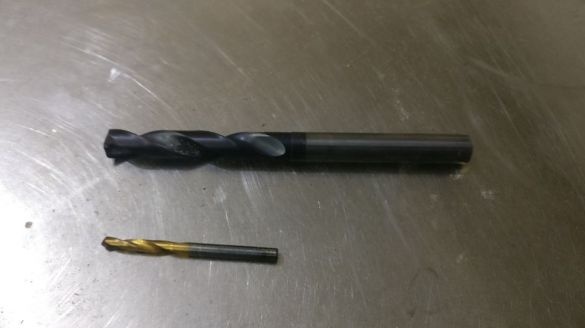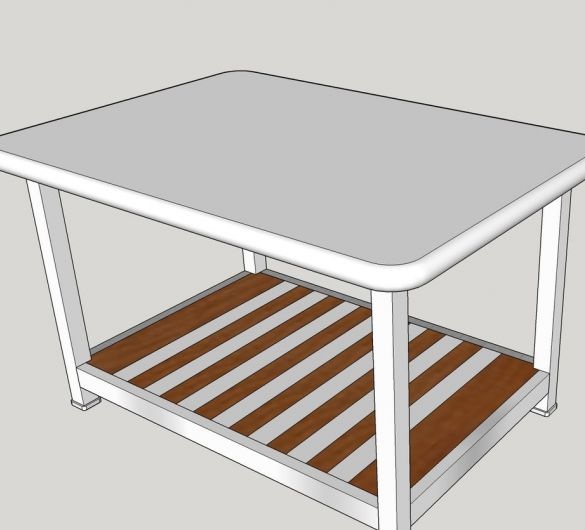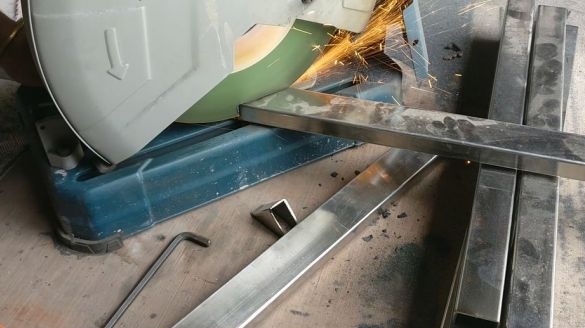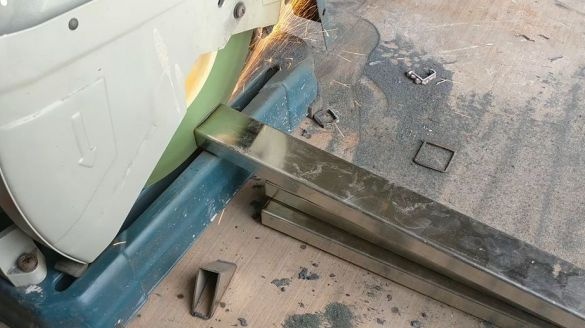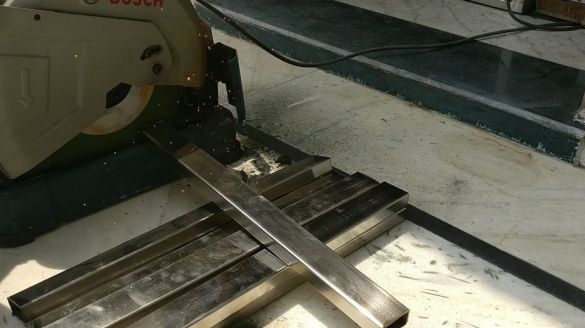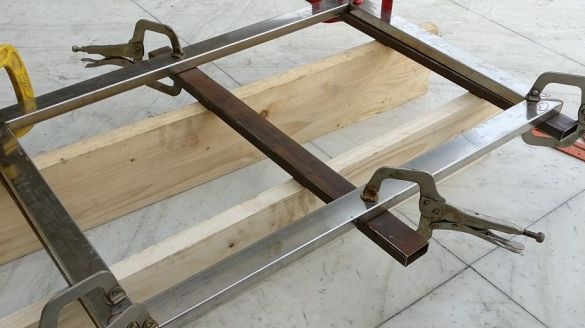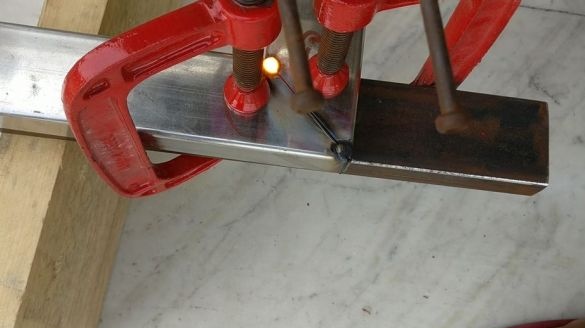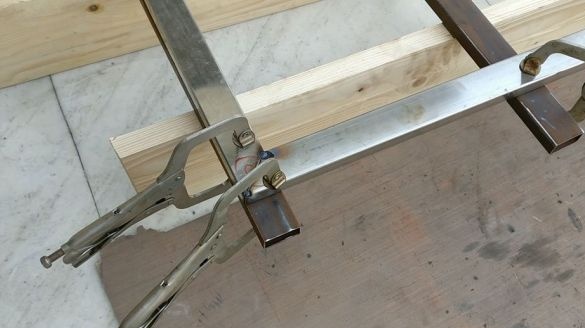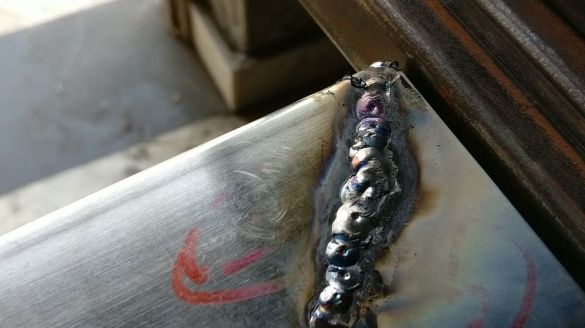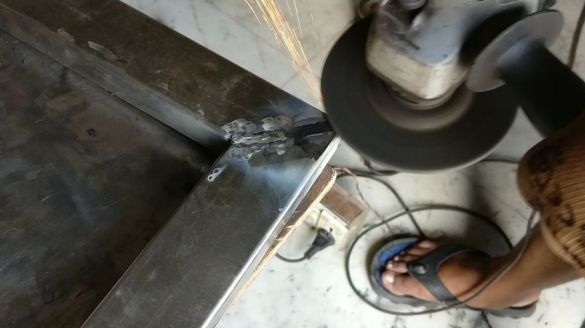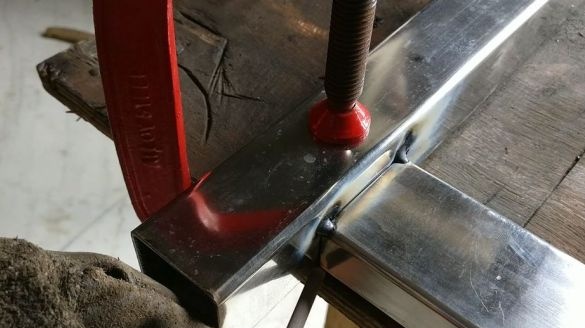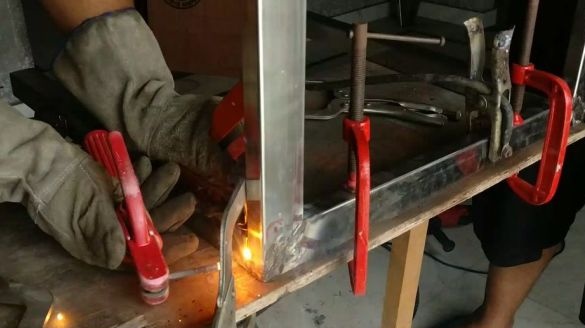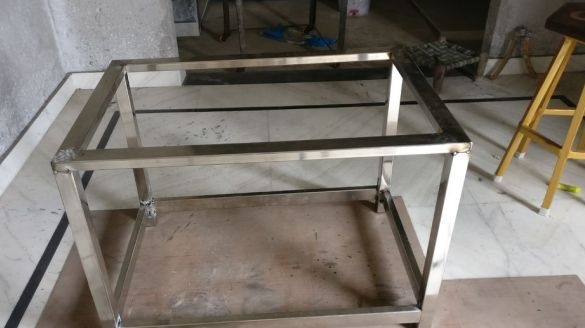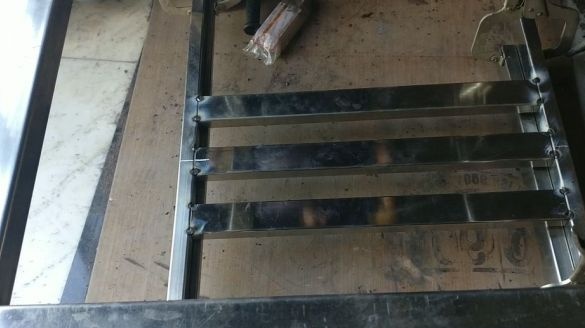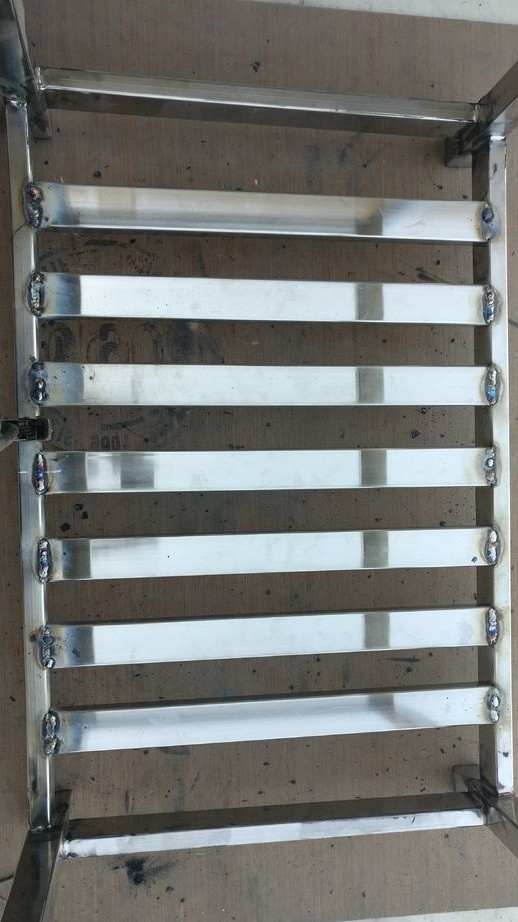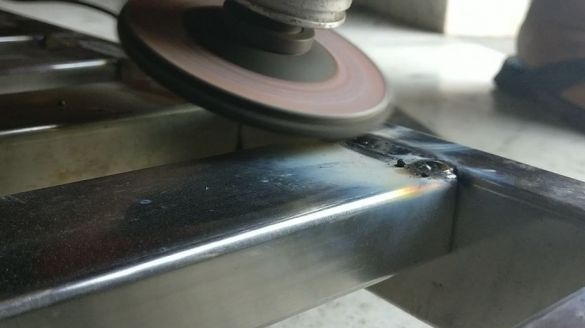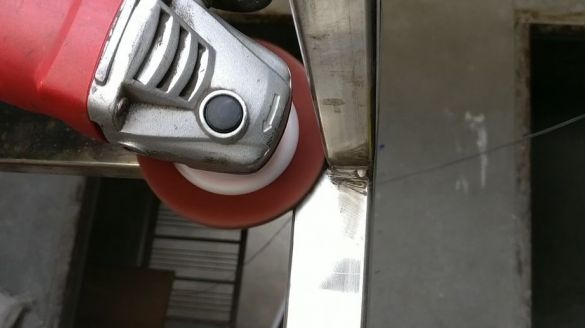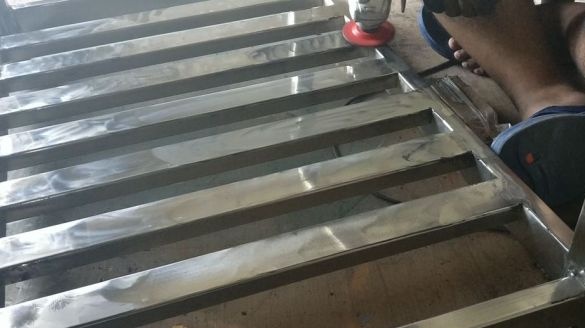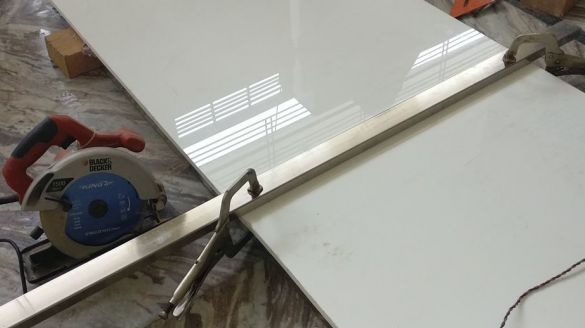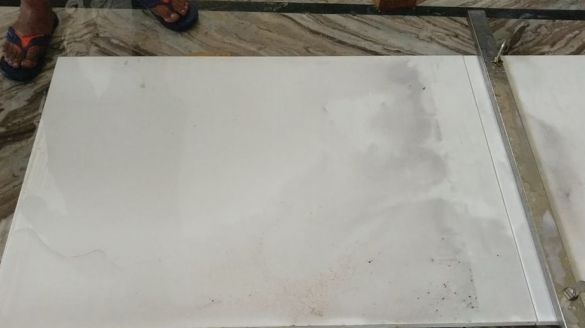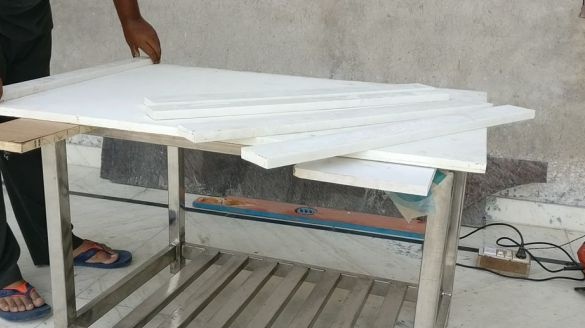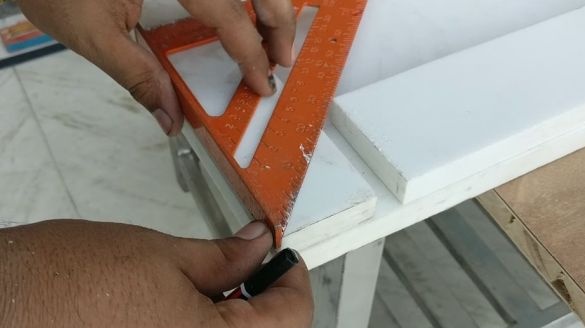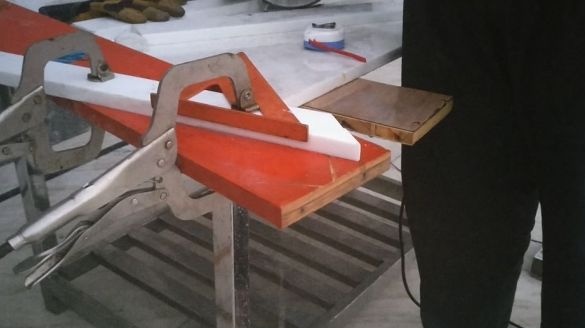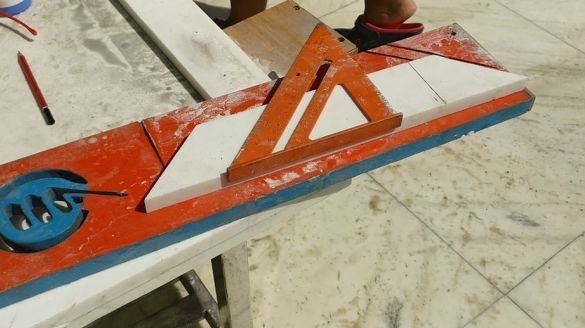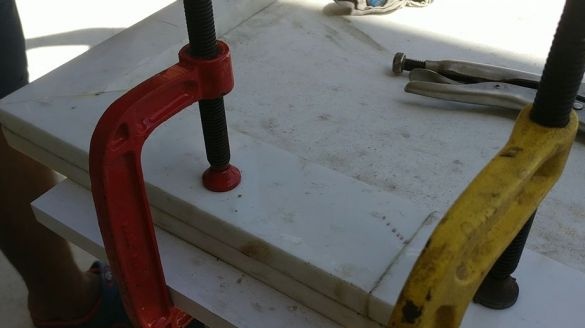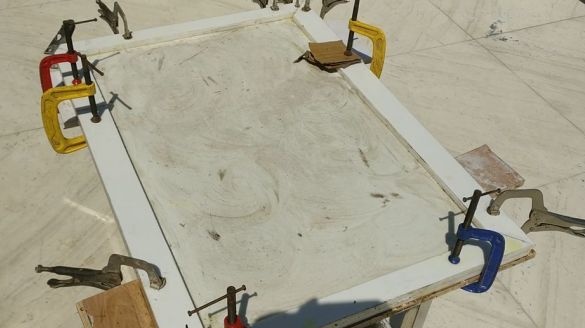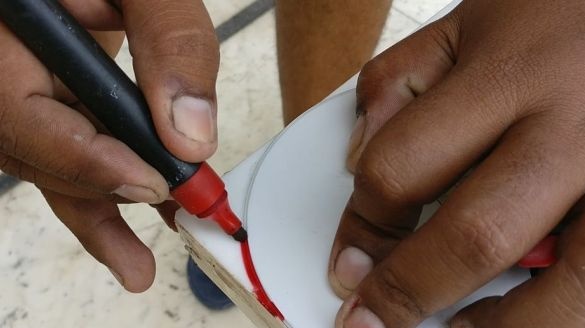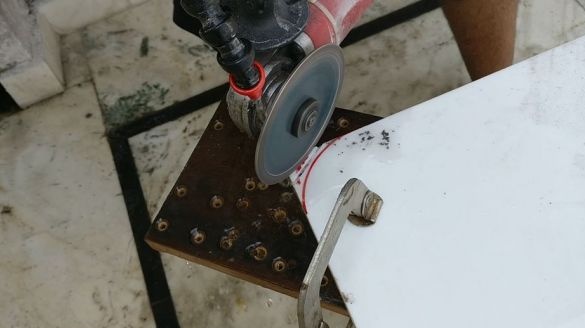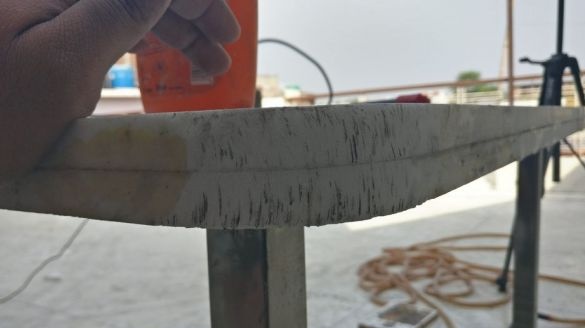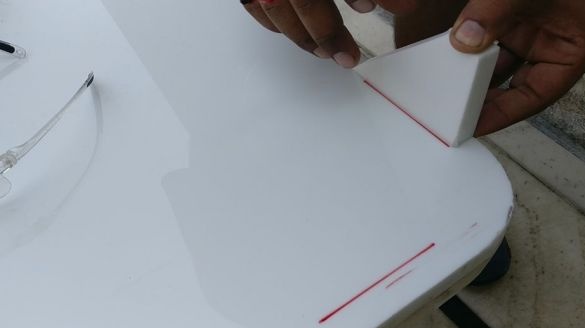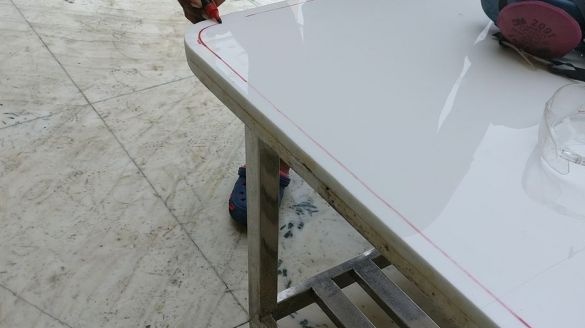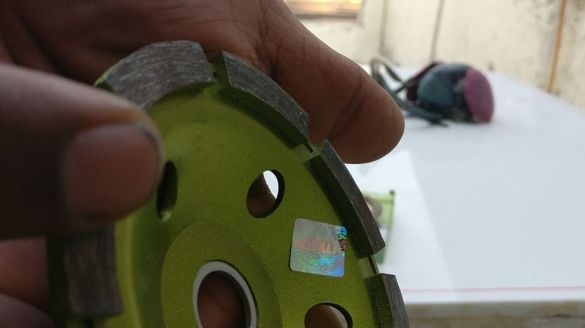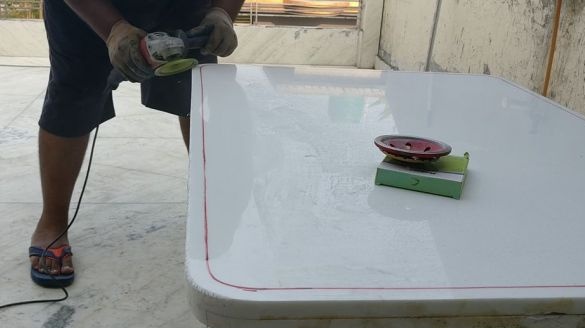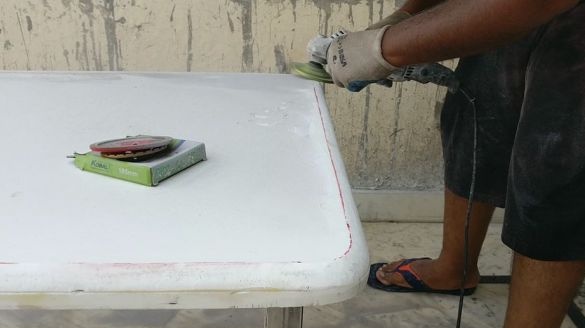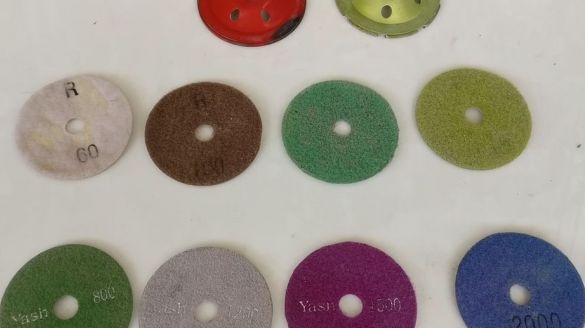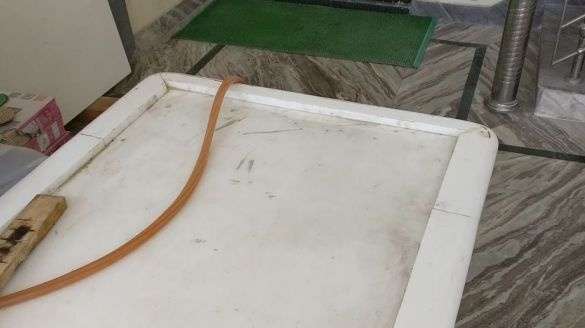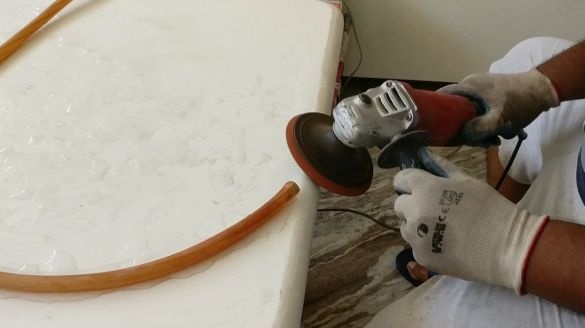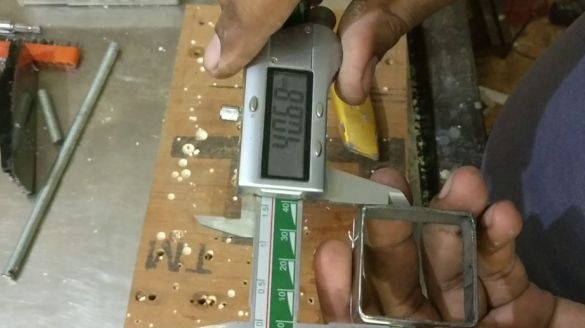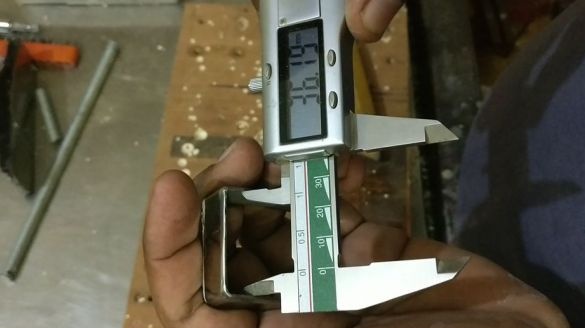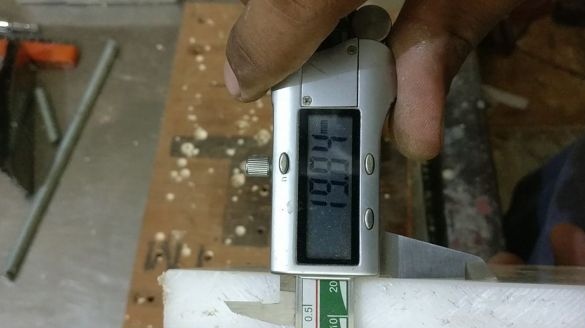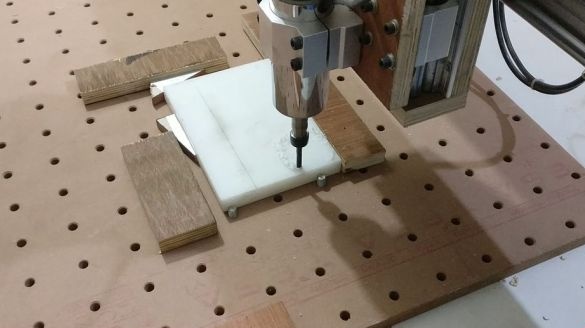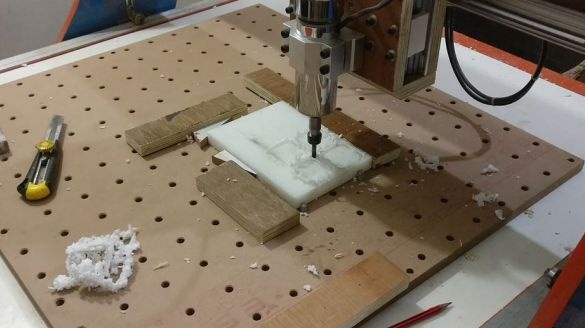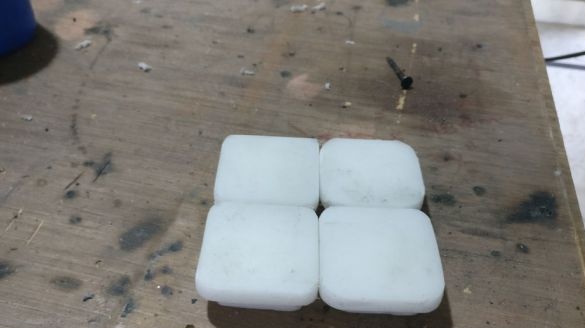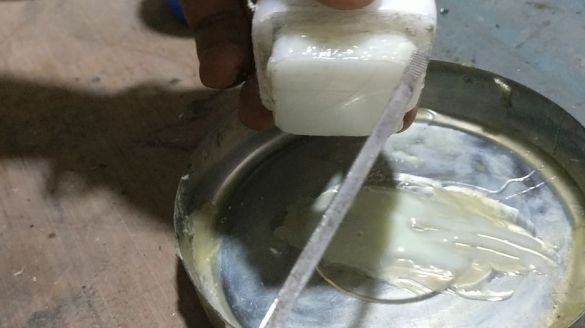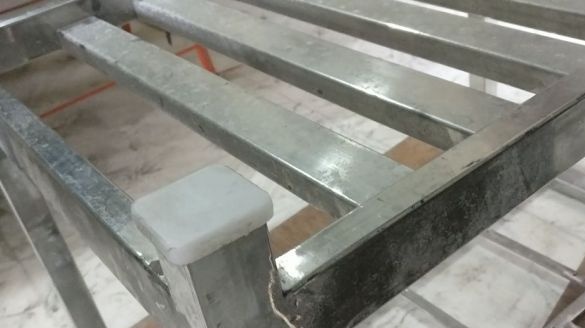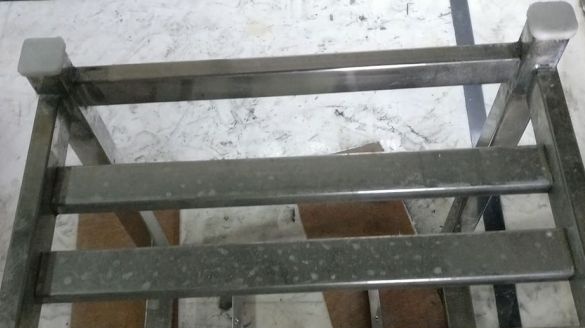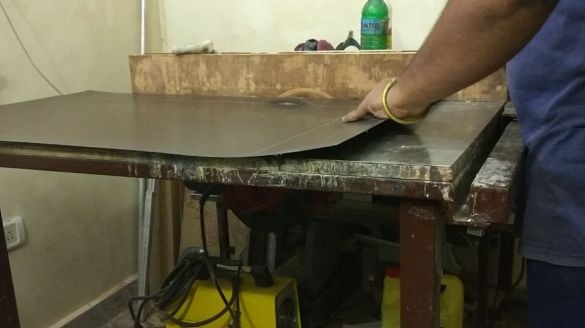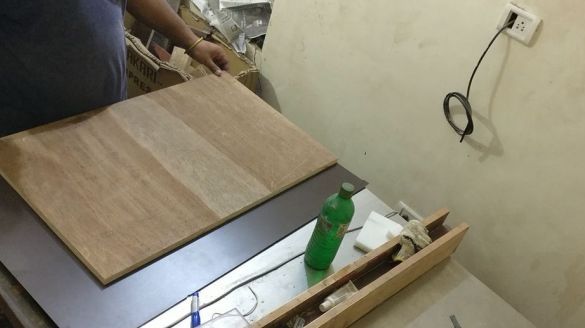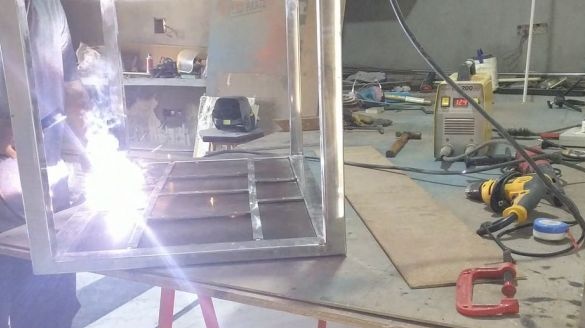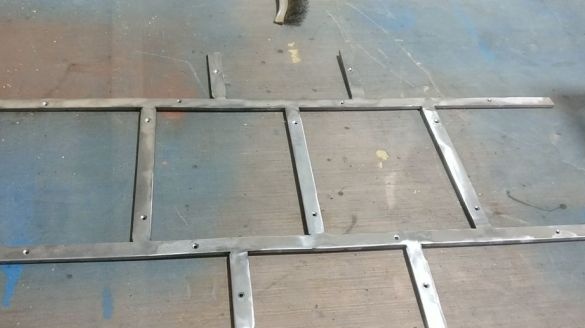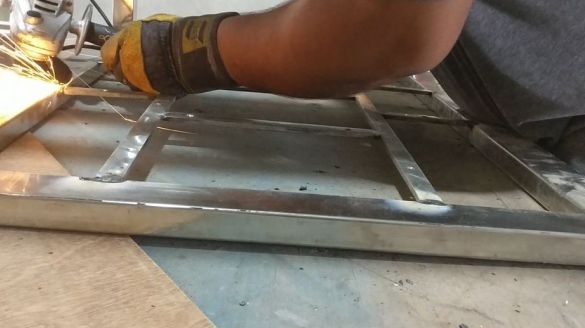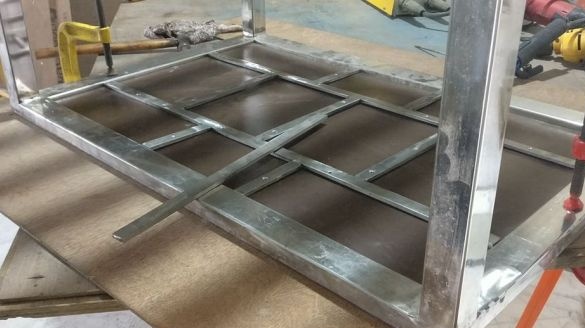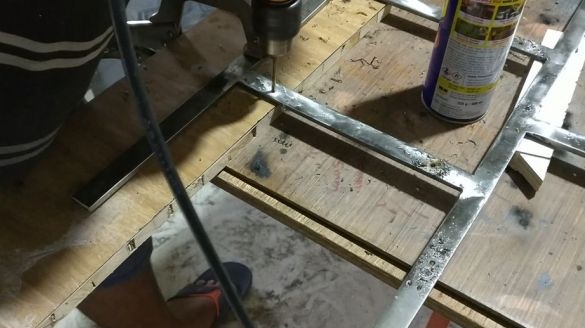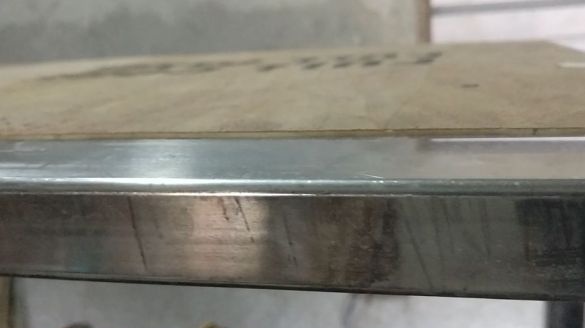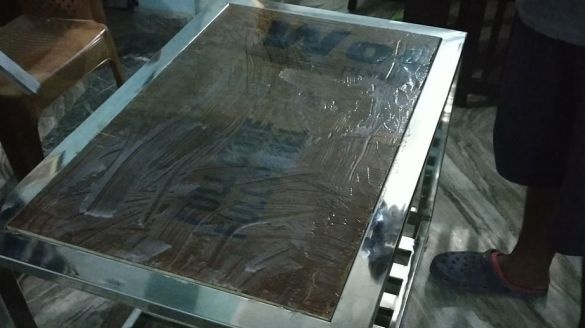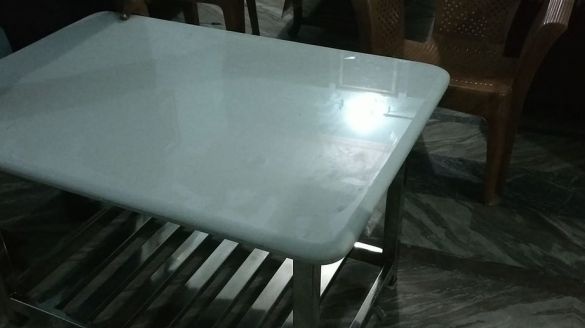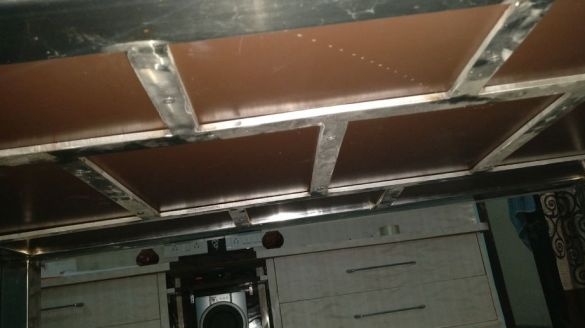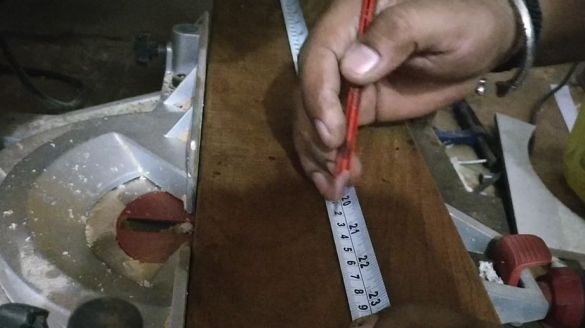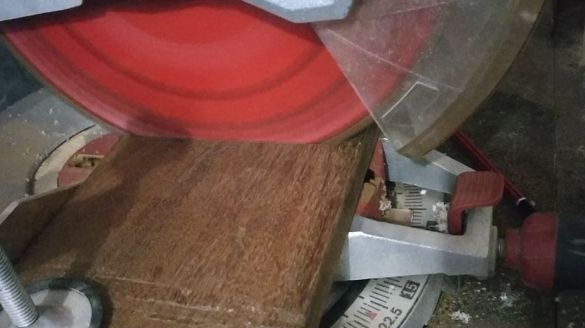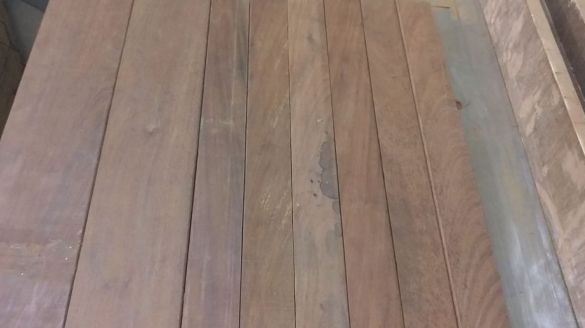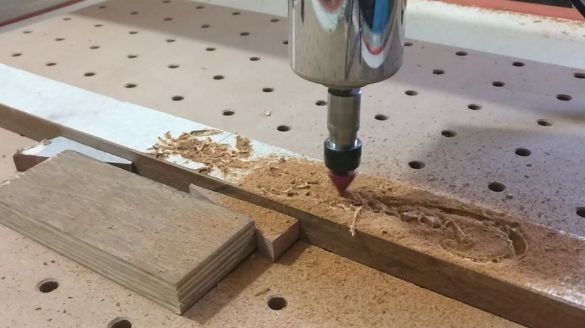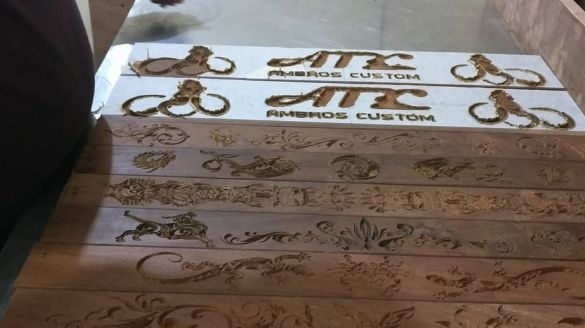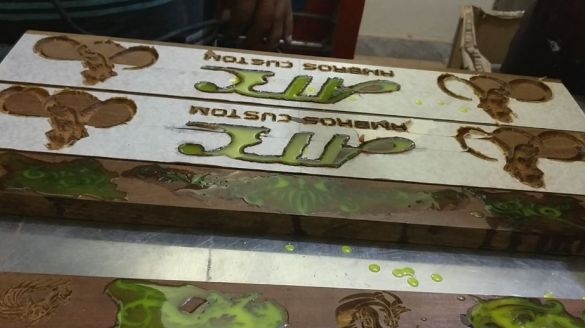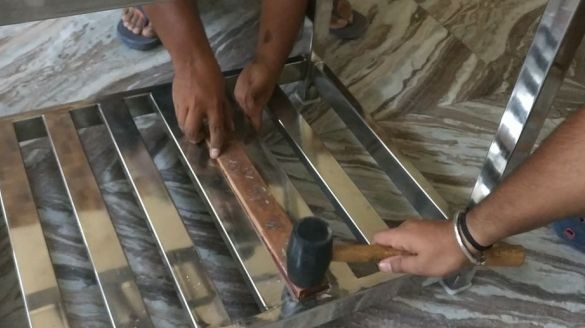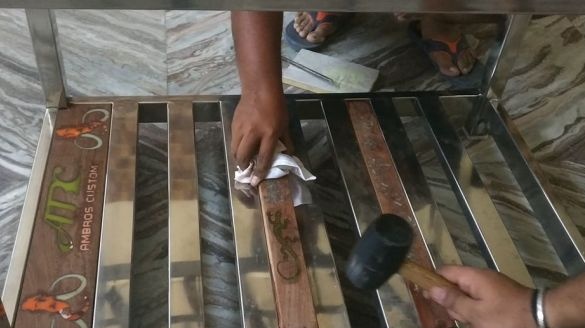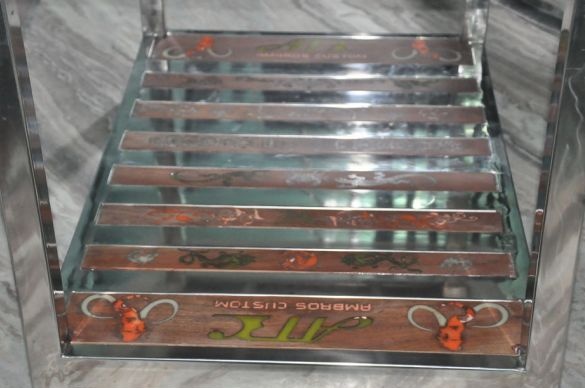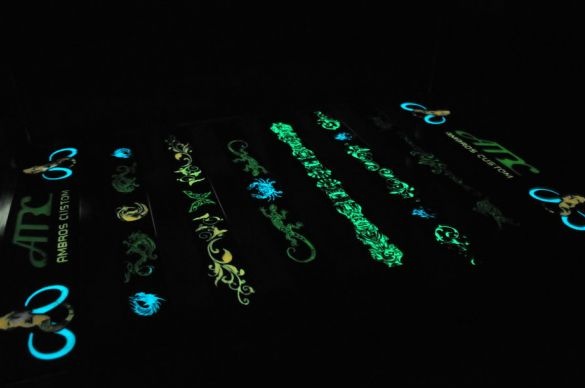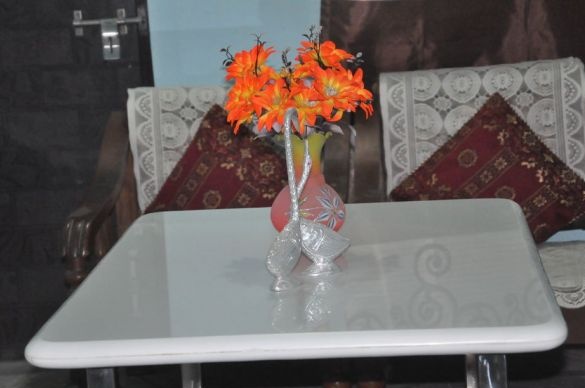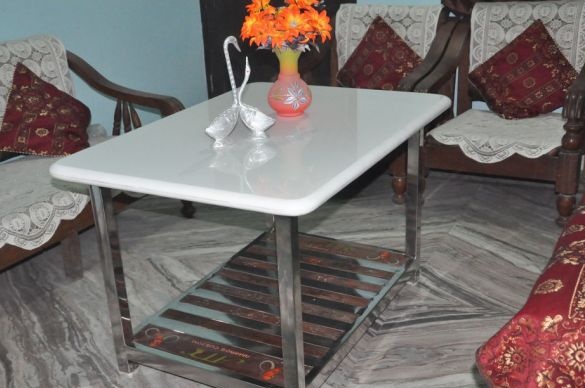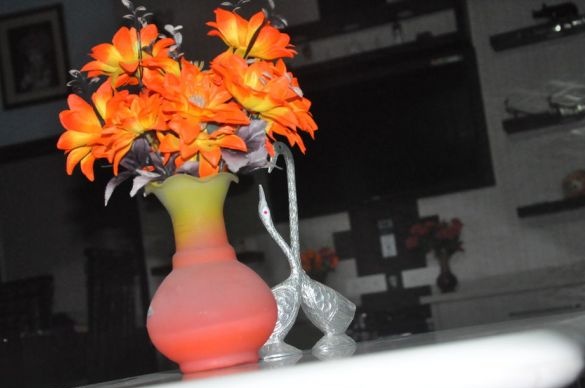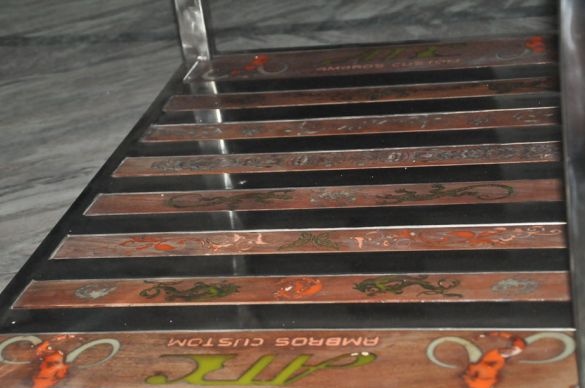This article will cover how to make do it yourself coffee table. The table that the Master made is made of a stainless profile, has a ceramic tabletop and a fluorescent pattern at the bottom. To make a table, the master needed the following
Tools and materials:
-Arc welding machine;
-Angle grinder;
-Drilling machine;
Cutting machine for metal;
-Kern;
-File;
-Gon;
-Roulette;
-A circular saw;
- mallet;
-Hammer;
-Petal circle;
- Cutting, grinding wheels for stone;
-CNC machine;
- Clamps;
-Marker;
-Hair dryer;
-Brush for metal;
-Retail;
-Polishing paste;
- A profile pipe from stainless steel 38 * 38 mm;
- A profile pipe from stainless steel 25 * 50 mm;
- stainless steel strip;
-Board;
-Laminated plywood;
Epoxy resin;
- fluorescent powder;
-Varnish;
Step One: Project
First, the master developed a table design. Stainless steel table with ceramic worktop. At the bottom of the table, a stainless strip alternates with a strip of wood. Glowing in the dark patterns will be embedded in the wood strip.
Step two: metal cutting
Cuts metal to size. Cleans, removes burrs.
Step Three: Welding
Welds the frame of the table. In the lower part, a profile pipe is welded. Cleans the seams.
Step Four: Countertop
A diamond wheel cuts off the desired plate size. Cuts strips and glues them with epoxy along the perimeter of the bottom of the countertop.
It processes the edge of the countertop, giving it a rounded shape. The master spent three days on processing the edge.
Step Five: Spacers
Due to the heavy weight of the worktops, the spacers for the upper profile had to be done by the master himself. From a thick piece of polymer, the master cuts out four spacers and glues them to the profile.
Step Six: Prop
For reliability, the master welds a grid of stripes to the upper inner side of the table frame. The laminate is glued to the plywood.
Laminated plywood attached to the inside of the countertop will be supported on the grid and attached to it. Fastens the plywood master with epoxy. After the resin has dried, it sets the countertop and fastens it to the strip.
Seventh step: wooden stripes
Then the master makes slats from the board. The size of the rails corresponds to the size between the profile at the bottom of the table. On the machine, the CNC applies a pattern to the rails. Then it fills the seams with epoxy mixed with fluorescent paint. After the resin hardens, it installs slats between the profiles.
The table turned out beautiful and comfortable. An interesting effect gives a glow in the dark patterns.
The whole process of making a table can be seen in the video.

